Pressures on protected areas and the biodiversity they contain have led to the gradual disappearance of Madagascar’s natural habitats and emblematic species.
Endangered biodiversity
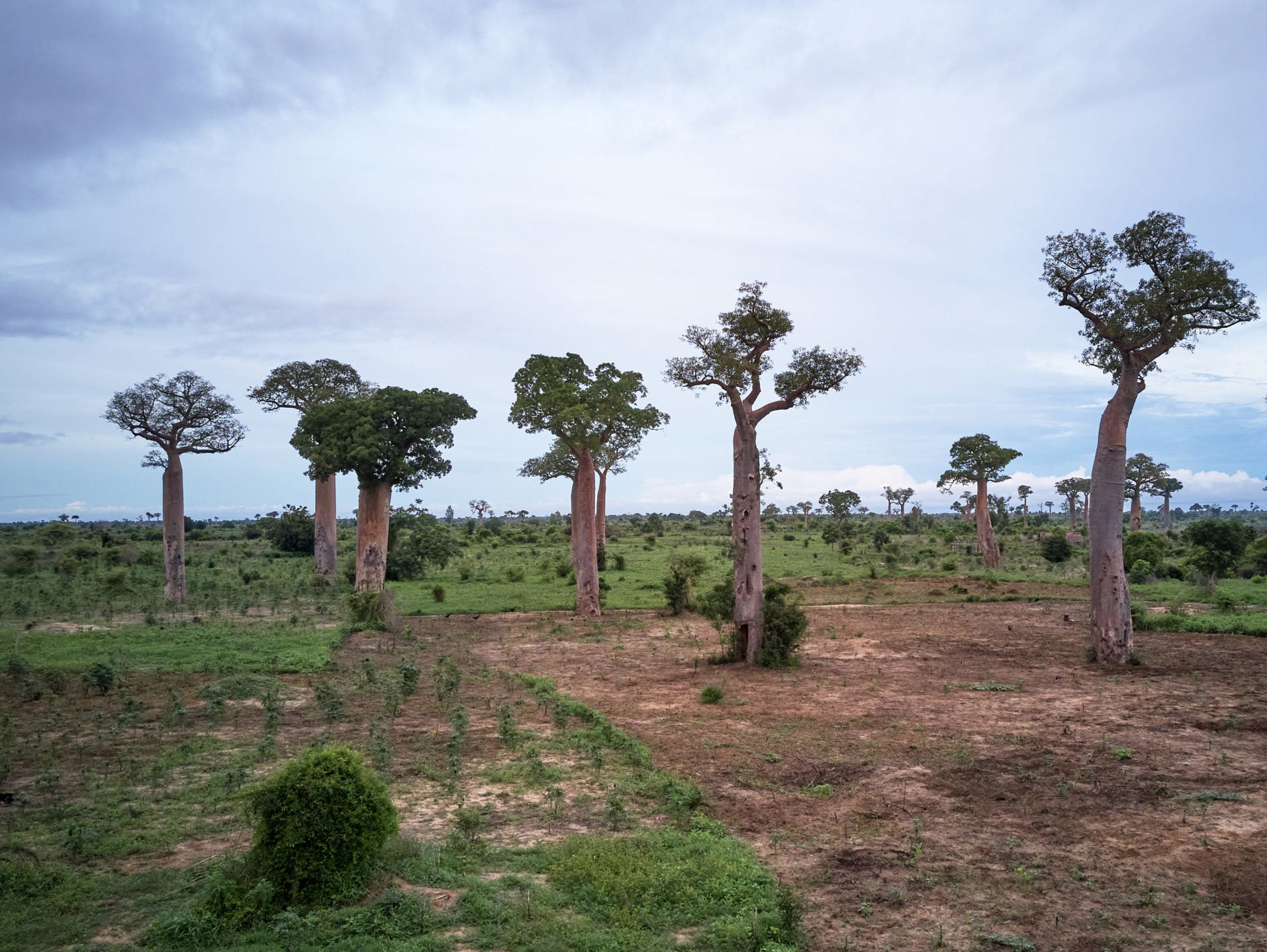
According to a WWF report in 2019, 53% of Madagascar’s terrestrial protected areas are highly vulnerable to climate change, the main cause being the destruction of natural habitats as a result of deforestation.

According to researchers, only 10% of the original natural habitats remain in Madagascar. This constitutes an irreversible global biodiversity loss because of the high level endemism of Madagascar’s fauna and flora.
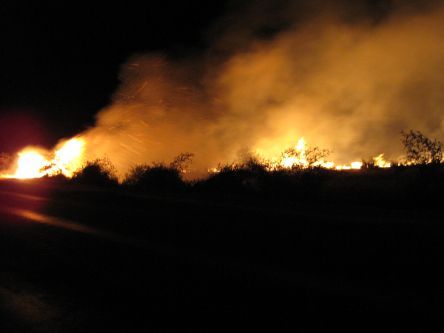
2,272 species of fauna and flora in the Malagasy territory are currently on the IUCN Red List in Vulnerable (VU), Endangered (EN) or Critically Endangered (CR) extinction status. 499 of these species are present in protected areas funded by FAPBM.
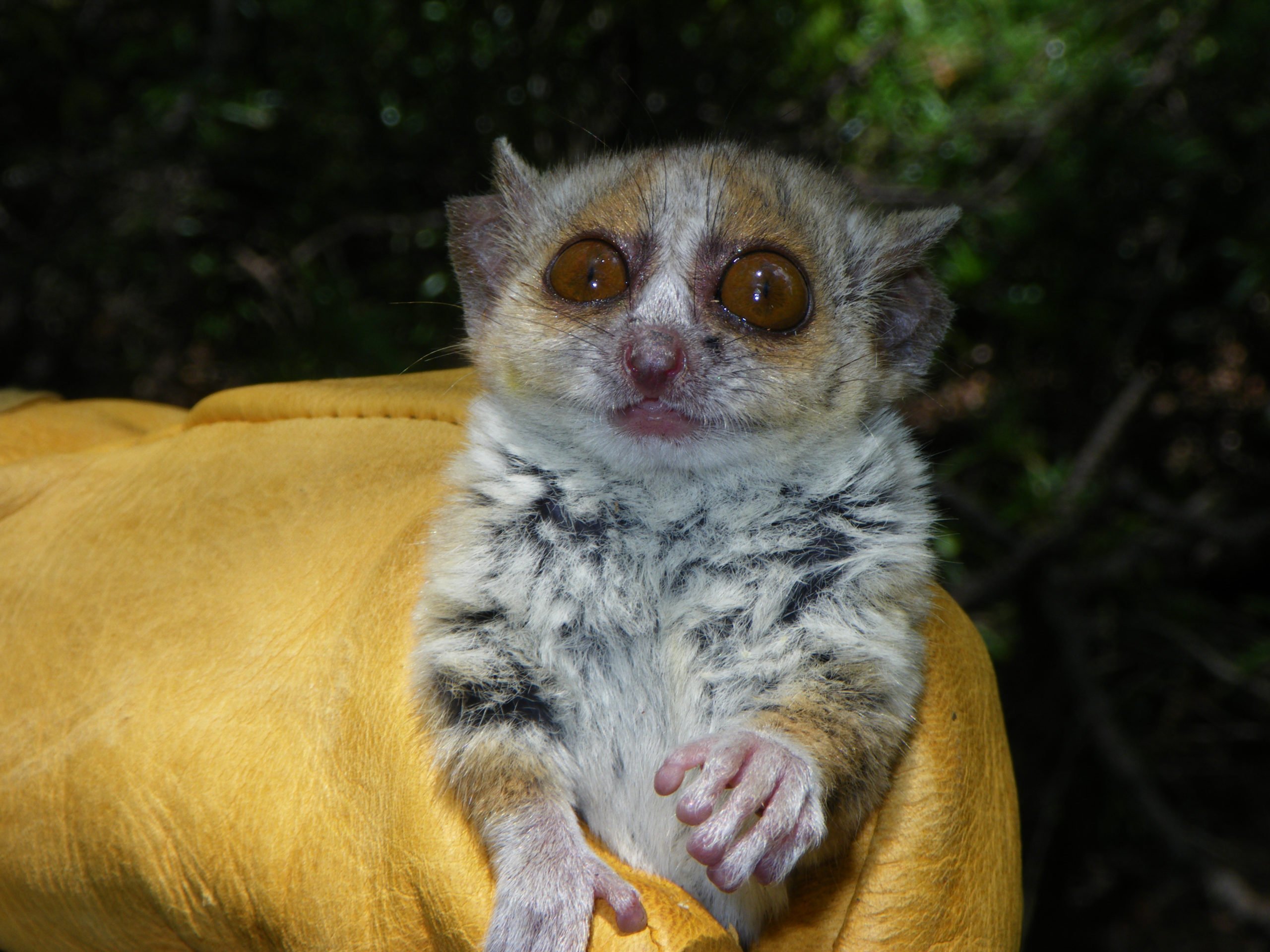
In June 2020, IUCN reckoned that 31% of Madagascar’s 113 lemur species are Critically Endangered (CR).
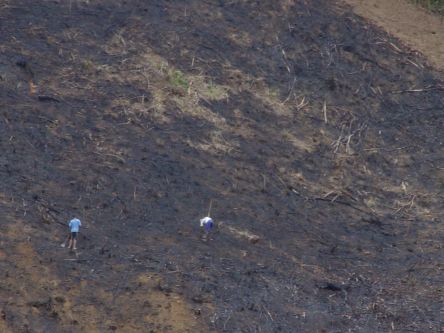
Natural habitats area loss
In the 1970s and 1980s, the main form of pressure on Madagascar’s biodiversity was the loss in their natural habitats surface area. This loss was due to slash-and-burn crops, forests and wetlands conversion into agricultural areas, and land clearing. This was compounded by mining and illegal human occupation within protected areas, albeit on a small scale.
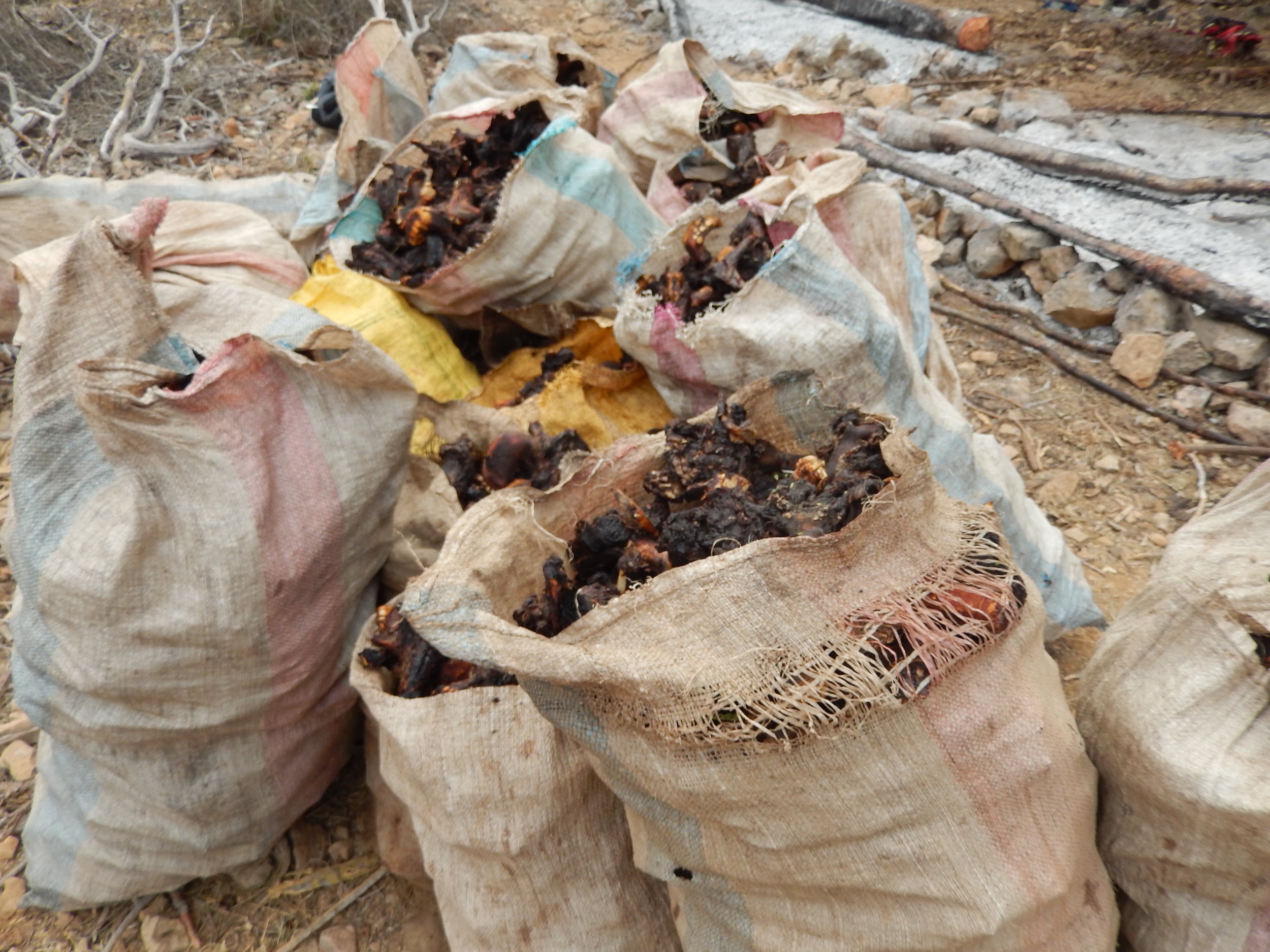
Hunting and poaching
Over the past 10 years, the emergence of protected species poaching and endemic plants picking has intensified pressure on protected areas. It is also known that in Madagascar, political crises have historically prompted precious woods and animals (lemurs, turtles, reptiles) trafficking in protected areas.
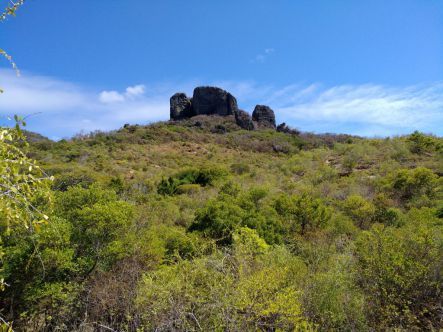
Lack of awareness of the protected areas importance
The lack of awareness and recognition of the protected areas importance is reflected, on the one hand, in the inadequate technical and financial resource made available to the protected areas managers. On the other hand, the general State budget doesn’t even include Madagascar’s natural capital of biodiversity and protected areas. However, at the current rate, Madagascar runs the risk of losing 4.2% of its GNP by 2021, if nothing is done to safeguard its biodiversity.
Confronted with these threats, FAPBM keeps on to make its contribution to preserving Madagascar’s biodiversity, not only for the current generation, but for the future ones.




